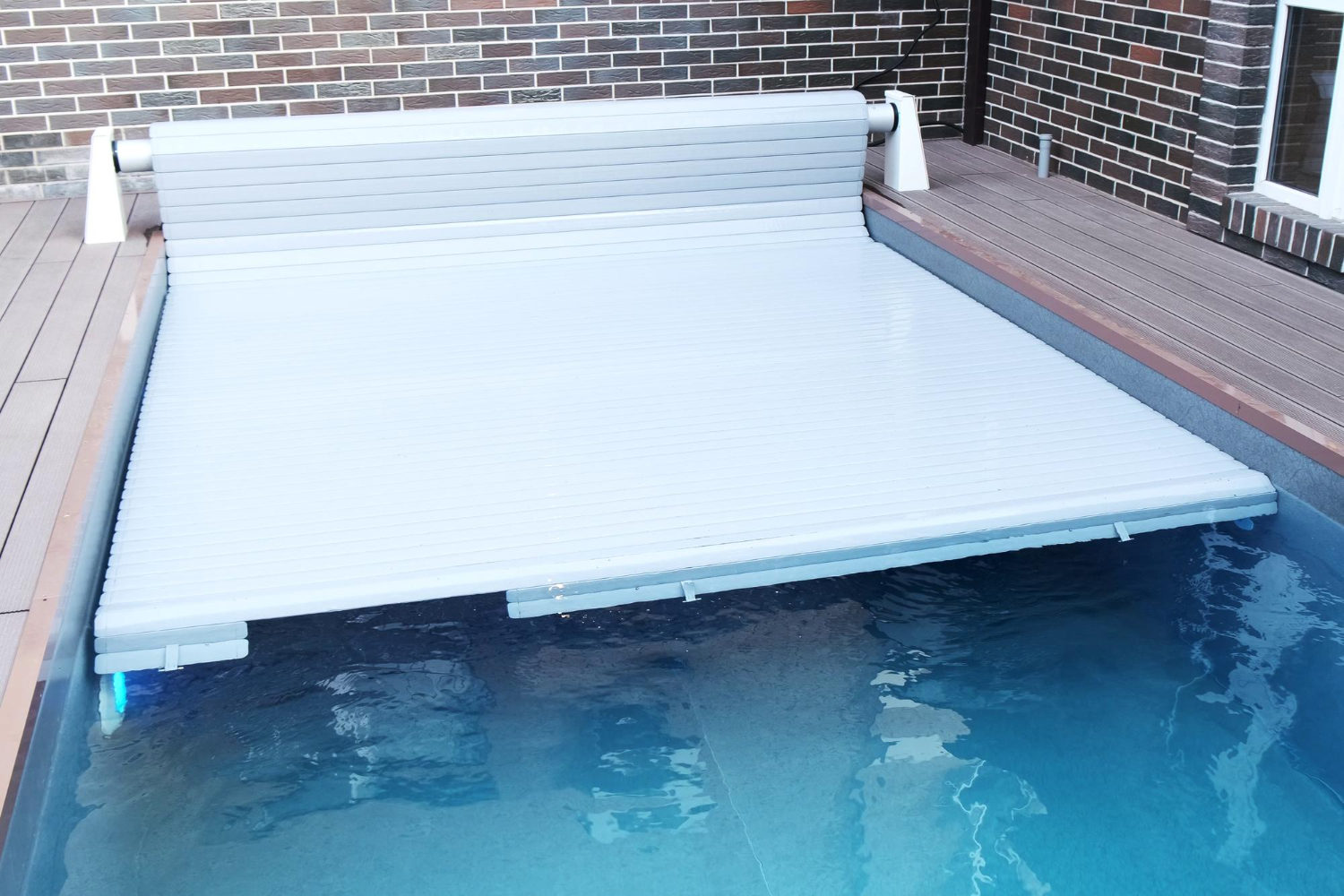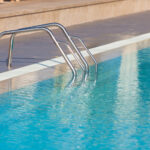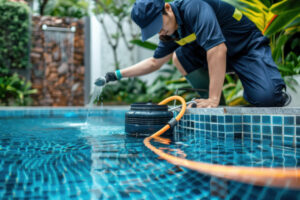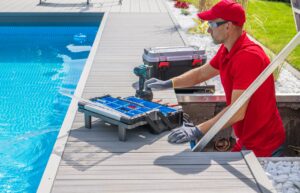Winterizing your pool is an essential task that ensures it stays in good condition throughout the cold months. Closing your pool properly can prevent damage from freezing temperatures and make it easier to reopen the pool when warmer weather returns. By following a few easy steps, you can protect your investment and ensure your pool is ready to use next season without any hassles.
The first step to winterizing your pool is cleaning and balancing the water. This helps prevent algae growth and keeps the pool water in a good condition while it’s closed. Next, you need to focus on protecting the pool equipment and plumbing from freeze damage. Properly draining and storing equipment can save you from costly repairs or replacements in the spring.
Finally, installing a good-quality winter cover and performing regular maintenance checks will keep your pool safe and clean throughout winter. A winter cover guards against debris and harsh weather, while periodic checks ensure that everything remains in good shape. By taking the time to winterize your pool correctly, you’ll keep it in top shape and extend its life for many more seasons.
Clean and Balance the Pool Water
The first step in winterizing your pool is to clean and balance the water. Start by removing any debris from the water with a skimmer net. Make sure to get rid of leaves, bugs, and any other floating trash. Next, brush the pool walls and floor to loosen any dirt or algae that might be clinging to surfaces. Once the pool is clean, vacuum the bottom to remove the settled debris.
After your pool is clean, you need to balance the water chemistry. Begin by testing the water with a pool test kit or test strips to check the pH, alkalinity, and calcium hardness levels. The pH should be between 7.2 and 7.6. If it is too high, add a pH reducer. If it’s too low, add a pH increaser. Total alkalinity should be between 80 and 120 parts per million (ppm). Adjust these levels as necessary using appropriate pool chemicals. Calcium hardness should be between 200 and 400 ppm to prevent corrosion or scaling.
Finally, add a pool shock treatment to kill any remaining bacteria or algae. Follow the manufacturer’s instructions for the correct amount based on your pool size. Allow the water to circulate for at least 24 hours after adding the shock. Then add an algaecide to further prevent algae growth during the winter months. Balancing the water chemistry ensures that your pool stays clean and clear, making it easier to open when the swimming season returns.
Protect Pool Equipment and Plumbing
Protecting your pool equipment and plumbing is crucial to prevent damage from freezing temperatures. Start by lowering the water level in your pool. Use a submersible pump or your pool’s filter system to drain water until it is below the skimmer and return jets. This prevents water from freezing and expanding inside the pipes, which can cause them to crack.
Next, drain all the water from the pool equipment, including the pump, filter, heater, and chlorinator. Open the drain plugs and let the water flow out completely. If your equipment has a multiport valve, set it to the “winterize” position. For extra protection, use a shop vacuum or an air compressor to blow out any remaining water in the lines.
Once the water is removed, store small, detachable equipment like ladders, toys, and cleaners in a dry, sheltered place. This helps prevent them from being damaged by the cold weather. You should also cover any exposed openings such as the skimmer and return jets with winterizing plugs. These plugs create a tight seal that keeps any remaining moisture from freezing and expanding.
Lastly, add pool antifreeze to the plumbing lines if you live in an area with extremely cold winters. Use only products labeled for pool use, and follow the manufacturer’s instructions for the correct amount. Properly winterizing your pool equipment and plumbing ensures that everything remains in good working order and reduces the risk of costly repairs come spring.
Install the Winter Pool Cover
The final step in winterizing your pool is to install a winter pool cover. This cover protects your pool from debris, harsh weather, and algae growth throughout winter. There are different types of winter covers, including solid covers and mesh covers. Choose one that fits your pool and meets your needs.
Start by spreading the cover over the pool. Make sure it is centered and lies flat without any wrinkles. If you are using a solid cover, secure it with water bags or heavy weights around the edge. This keeps the cover in place during strong winds and heavy snow. For mesh covers, use the provided anchors and straps to secure it tightly to the pool deck.
Check to ensure the cover is secure and not sagging into the pool. A properly installed cover should be tight and slightly above the water surface. This prevents debris from accumulating and helps keep the cover in good condition. If your pool cover comes with a leaf net, place it over the winter cover to make debris removal easier.
By installing a winter pool cover, you protect your pool from dirt, leaves, and severe weather. This makes spring cleanup much easier and ensures your pool stays in good shape during the colder months.
Regular Winter Maintenance Tips
Even with a winter cover, your pool still needs regular maintenance checks throughout the off-season. Following a few simple steps can prevent issues and ensure that your pool is ready for spring.
- Remove Debris: Check the cover regularly and remove any leaves, branches, or snow accumulation. This prevents the cover from sagging and potentially tearing. Use a leaf blower or a soft broom to gently sweep debris away.
- Inspect the Cover: Look for signs of wear and tear, such as holes or frayed edges. Repair any damage immediately to maintain the cover’s effectiveness. For small holes, use a patch kit specifically designed for pool covers.
- Monitor Water Level: Keep an eye on the water level throughout winter. If water levels get too high or too low, it can put strain on the cover. Use a pump to remove excess water if necessary, or add water if evaporation has caused it to drop too low.
- Check Chemicals: Even though the pool is covered, maintaining a balance of pool chemicals is important. Test the water once a month and adjust as needed to prevent algae and bacteria growth.
Regular winter maintenance helps keep your pool in good condition and reduces the risk of damage. Being proactive ensures a smoother opening process when the swimming season returns.
Conclusion
Properly winterizing your pool is a vital task to ensure it remains in good condition throughout the cold months. By taking the time to clean and balance the water, protect the equipment and plumbing, install a sturdy winter cover, and perform regular maintenance checks, you can prevent costly repairs and inconveniences come spring.
Winterizing your pool might seem like a big job, but breaking it down into manageable steps makes it straightforward and efficient. Protecting your pool during the winter means you can enjoy it fully when warmer weather returns without facing unexpected issues or delays.
If you need any help or additional pool supplies in Cincinnati, Ohio, for winterizing your pool, visit our team at Cincinnati Pool & Patio. We carry a full range of products and offer expert advice to ensure your pool stays in top shape all year round.








